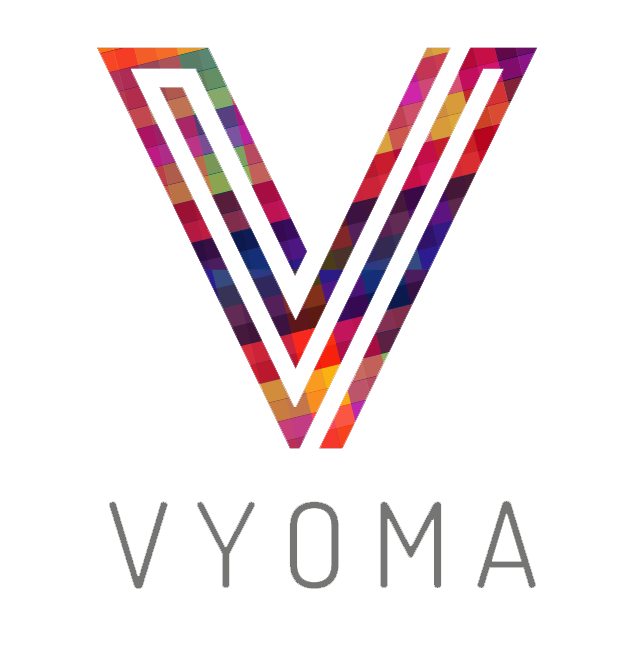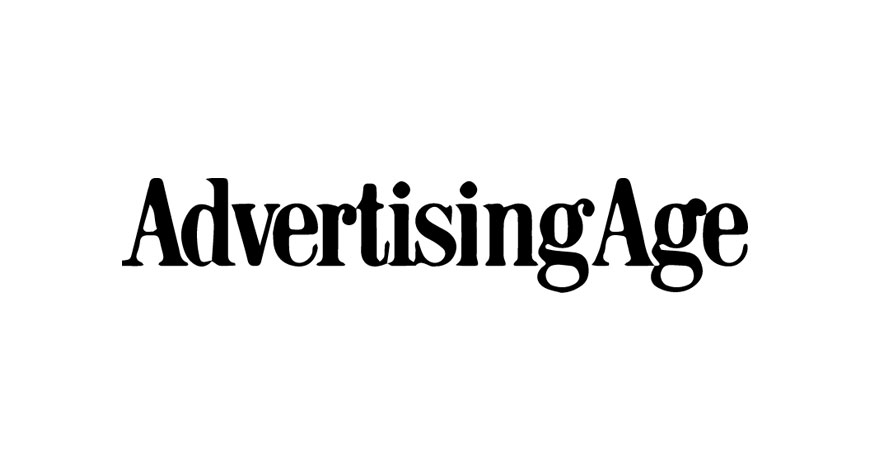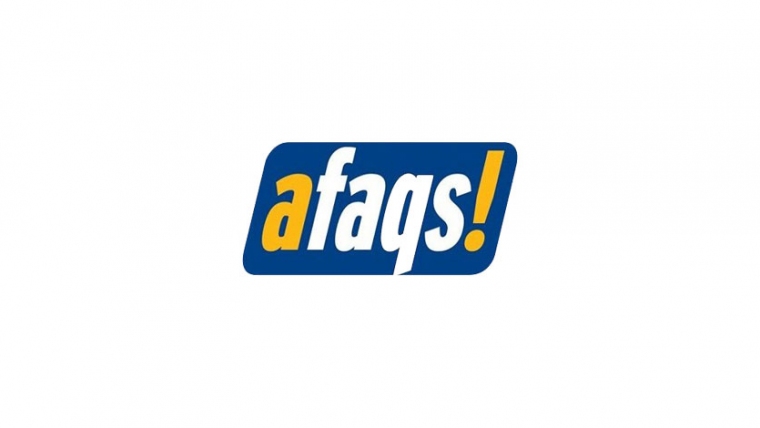With the rise of digital natives, better logistics, broadband and internet-ready devices, the number of customers purchasing online is expected to cross 100 million by 2017. More than 100 million people will go to your website and each one will see a different version of the home page. How is it possible? It’s personalised and localised content which will make you rise above your competitors and thus, will result in business. Technology is constantly innovating and history is filled with examples of technology that did not work or solve the right problems. However, in today’s visually cluttered world with dozens of brands fighting for consumer’s attention, media owners and advertisers are trusted with the responsibility to build strategy to stand out.Digital out of home(DOOH) advertising has been exploring new roads of innovation in creativity, delivery, and opportunity. DOOH in India is set to make a huge comeback, with full motion video, dynamic real-time content, social media engagement, mobile geo-targeting, multi-screen messaging, syncing and touchscreen interactivity, augmented reality, mobile to screen, gesture recognition, and more. DOOH advertising rivals the innovation of every digital platform with the ability to reach consumers other mediums simply cannot.DOOH allows one dimensional campaigns to leverage brand owned data or use different datasets to target several touch points during the customer journey. And the noteworthy fact is, DOOH could do so much more. The medium has the ability to automate, deliver, prioritise advertisement which matches pre-set conditions like prime-time slots based on density of people, weather and in the future, customer mindset. Imagine, after a long day at work you were browsing few dinner options online, while you are walking towards your scheduled metro, the digital screen next to you pop up a personalised meal ad. Surprised? All this is possible, due to growing investment in customer data, predictive analytics and marketing cloud solutions. This enables personalisation and localisation of messaging across touch points. Traditionally, online ads are selected on the basis of keywords as these are only relevant for people who are searching for it. If these ads are shown to anyone else, it might be irrelevant. However, availability of the search interface which allows time, location, and previous searches, the ad can be drafted in more attractive way.DOOH is more than just a medium, it can tap into consumer’s behaviour. It is strategically positioned throughout consumer’s travel and daily routines, whether it is commuting to work, mass transport sections or national highways. These screens can reach average consumers with unparalleled frequency, targeting millennials with only one other touch point which is mobile phone or laptop. Data collected from integrated social media- DOOH can also transform any brand’s approach. For example, creating awareness about increasing air pollution due to heavy use of vehicles and identifying one tactical way to improve the situation is use of public transport. Imagine, the minute you swipe your token or purchase your ticket, you see a prompt message on the digital screen which says, ‘thanking you for reducing carbon footprint’. The instant gratification and a real-time scale which measures how your efforts are impacting the pollution level, is a creative way to connect with the public.Few challenges any campaign faces are the clean data source that give them real time access to sentiment analysis and customer engagement. Data moves extremely fast and a lot of cities are now looking at all the data that gets produced by various systems and how the data is captured. This will help to personalise and upload advertisements on a real-time basis. Data is and will prove to be an important aspect as it will help advertisers to be more strategic in their customer engagement and targeting ability. DOOH will be using such real-time interface at a larger scale, thus, creating ultra-personalised and hyper localised content targeted to the right audience.As real world visualization of mobile and other sensor data continues to grow and evolve, these data will lead to better understanding of the audience who interact with DOOH screens. Growth of mobile data will lead to media providers to deliver more relevant experience to consumers. By empowering DOOH, with the knowledge of consumer behaviour data, audience understanding evolves leading to valuable DOOH ad experience.
The dynamism, flexibility and sophistication of digital outdoor advertising perfectly mirrors the intelligent capabilities of any personalised app. The combination of cutting-edge technology and data will create an array of personal and relevant user experiences in a powerful way.
The author of the article is Shriranga Sudhakara, Managing Director of Vyoma (India’s leading Digital out of Home Company)




